I have written recently and have long stressed the importance of developing and maintaining a network, not just a load of connections from the past. (See the original Networking Article)
Chicago Booth is oft lauded throughout the Business School world, as having one of the highest ranked, and largest, student and alumni communities. All students and alumni qualify as a member, yet just being part of that community is not enough to generate an effective and supportive network in that community. One needs to be willing to both contribute selflessly, participate, create the right first impression, work at your continued engagement and earn the right to advocacy.
I am not a student or an alumnus of Chicago, and since late last year, no longer a formal member of the Chicago Booth Community, somewhat disillusioned, leaving their employ to set up my own practice. I have no vested interest in extolling Chicago Booth, so why am I writing a case study on the Power of Chicago Booth’s Network?
I was reviewing the first 6 months of The Career Leader Academy’s performance, and in viewing the data, I was quite surprised at the high level of the continued advocacy of me as an individual which I believe illustrates the Power of the Chicago Booth network.
Key Findings:
- Of the 18 new client agreements since January, 67%can be attributed directly to those from my Chicago Booth network.
- Chicago Booth connections account for approximately 25% of my LinkedIn network yet accounted for twice the number of client agreements generated from my other networks and enquiries from profile / marketing activities.
- 2 of those agreements are continued relationships with Alumni, despite their opportunity to use one of the internal coaches at no cost.
- The agreements were highest in Asia, not surprising given I was principally based in Asia, yet the Americas and Europe, where I did some delivery, still account for 50%.
- Of the referrals from my Chicago Booth connections 50% were to individuals in their non-Booth personal network, with the other 50% to Executive Coaching and Leadership Development decision makers in their existing company.
- Less than 30% could be regarded as traditional “Career Management” with the bulk being more on personal and professional development.
- Those that referred, where the source of referral can be traced, had on average more interactions and therefore deeper engagement than those that haven’t
- My resignation post on LinkedIn in late December 2021, “An Ode to the Booth Community – I will miss you, but now I must go” attracted over 36,000 page-impressions.
- 36,000 is 7 times the total of my 1st Connections and tenfold the average normal engagement from my regular posts
- The post resulted in 132 new connection requests
- 2 of those new connections resulted in a new client agreement
- To meet the needs of a private client, I optimistically reached out on her behalf to 4 Booth Alumni that I had coached previously. Even though she has no connection to Booth, all 4 agreed to support her, as they remember that at one time, they too were in the same position of needing support. 1 other alumni who I had met, but not coached, did not respond to my request.
Networking Learning points:
I believe we can conclude that willingness to continue to engage and refer others correlates with the depth of relationship that exists, and the willingness to advocate.
- The network you most recently engage with is more likely to advocate you
- Chicago Booth is hard to get into, hard to manage yourself through the rigorous program, and tough to complete. Maybe that the community has supported each other through common experiences and hold shared values (e.g., the infamous “Code of Conduct”), builds an inherent connection that facilitates advocacy
- Advocacy is more likely earned if the engagement was meaningful to the connection and supported their agenda selflessly, evidenced by coaching, information sharing, and advice provision being my primary role over the last 7 years, versus my more transactional network engagements previously
- Staying in touch with a large and diverse geographic network is tough. Even light touch engagements such as LinkedIn updates, articles and posts can have great reach if they are interesting, informative, impactful, and / or entertaining
- 50% of new referrals come within a week of posting a new article
Are you truly engaging, investing in your network, and developing advocacy?
“Advocacy takes true engagement, time, energy, and the willingness to act in others’
interests to earn the benefits in the longer term”
Simon Crockett
Founder and Head Coach
To find out more email enquiries@thecareerleadershipacademy.com



